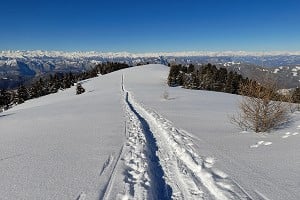
This wild multi-day trip along Sardinia's spectacular east coast is as much a mountaineering expedition as a walk, but despite its status as a European mega-classic the Selvaggio Blu has slipped beneath the radar of most Brits. Local-based climber, guidebook author and translator Peter Herold spills the beans on Italy's 'toughest trek'.
In the five years that we have been supporting people to walk the Selvaggio Blu ("Wild Blue") multi-day trek up Sardinia's east coast, we have never come across any UK mountaineers who have been interested in tackling it. We have helped Americans, French, Belgians, Swiss, Austrians, lots of Germans... but no-one from the UK. We reckon this is due to the fact that no-one has properly explained what the real challenges and attractions of the Selvaggio Blu are and how best to tackle it, and because it is more "mountaineering" than "walking".
Mention "Selvaggio Blu" and the superlatives roll. It is renowned as Italy's toughest trek. A recent travel piece in the New York Times described it seductively as 'a backpacking adventure, by far the best way — perhaps the only way — to explore one of Sardinia's few undeveloped pockets ...30 undulating and challenging miles... under olive trees, past old stone shepherds' huts and along dazzling overhangs that thrum with swallows....dropping quiet coves and steep limestone inlets that few tourists ever see'. But then it warns that 'Hiring a guide is a must because finding the route among the many paths made by animals can be difficult.' Seek enlightenment in the "standard" English language walking guides and you learn that the route involves abseiling and grade IV UIAA climbing. You're then referred to the route's Italian language website for the details.
So by this point you know the Selvaggio Blu is a multi-day backpacking expedition along a remote limestone coast overlooking the sea with difficult route finding, abseiling and some climbing. But what if I said the Selvaggio Blu is a spectacular 4-7 day mountaineering expedition over cliffs up to 2700 feet high overlooking one of the Mediterranean's most beautiful and isolated coastlines? The main challenges are the route finding, although use of GPS makes this easier but certainly not foolproof, and the lack of water on the limestone terrain. This is a route for mountaineers and people with alpine mountaineering experience. But don't be put off by the climbing; if you can manage VDiff with a rucksack you will have no problems - and abseiling, where bolt anchors make things very easy.
If by now you are thinking it sounds like a Mediterranean version of the Cuillin Ridge you are getting nearer to understanding things.
The route starts from Santa Maria Navarrese or Pedra Longa just to the north and proceeds for 40km north along the top of the cliffs overlooking the sea to Cala Gonone. Along this section of coast there are no roads down to the sea, no villages, no mountain huts, no campsites...only cliffs, deep gorges, a tangled network of shepherds' and charcoal burners' paths that all look much the same and vegetation so dense you can't penetrate it if you lose the route. From Cala Sisine to Cala Gonone is much easier walking and many people prefer to just do the section Pedra Longa to Cala Sisine in four-five days and get a boat back to Santa Maria Navarrese to admire from the sea the cliffs along which they have just walked. This way you simplify the logistics and shorten the time, while still tackling the route's most challenging sections.
Tips for a Successful Trip
- Water: most people drop water off in advance, and we recommend 3-4 litres per person per day. You can do this by hiring a boat as the guides do for large groups, but we prefer going by land and walking since the sea conditions aren't always cooperative, and by walking you start to learn the terrain and escape routes which is very useful preparation for the walk itself. You can try to be self-contained, but in this case you need to take water purifying tablets and be prepared to be thirsty...
- Route finding: this is THE most challenging aspect, and the need to constantly look down to work out the route and be prepared to explore possible alternative routes is mentally very tiring. Using a GPS makes it easier but in several places reception is poor due to signal reflection from the cliffs and the GPS is not much use.
- Best time of year: April, May and early June or second half of September and October
The first three days to Cala Goloritzè don't require roped climbing as such: there is an exposed section of scrambling with a fixed cable, although taking a half-rope could be a good idea if one of you doesn't have a good head for heights. However the route finding on the second day is as difficult as that anywhere on the route, across limestone pavements with only the odd blue paint dot to mark the way, and steeper sections are often overcome using shepherds' "scalas 'e fustes", juniper trunks wedged into the rock face. After Cala Goloritzè the route proceeds with the first sections of easy climbing and abseiling and the only reliable source of water on the whole route, in a cave. But at least the abseiling actually feels easier, since you are unmistakably on the right route.
Logistics
Accommodation Advertise here
No Premier Listings found in this area
Instructor/Guides Advertise here
No Premier Listings found in this area
Outdoor Shops Advertise here
No Premier Listings found in this area

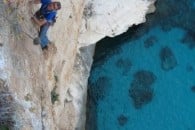

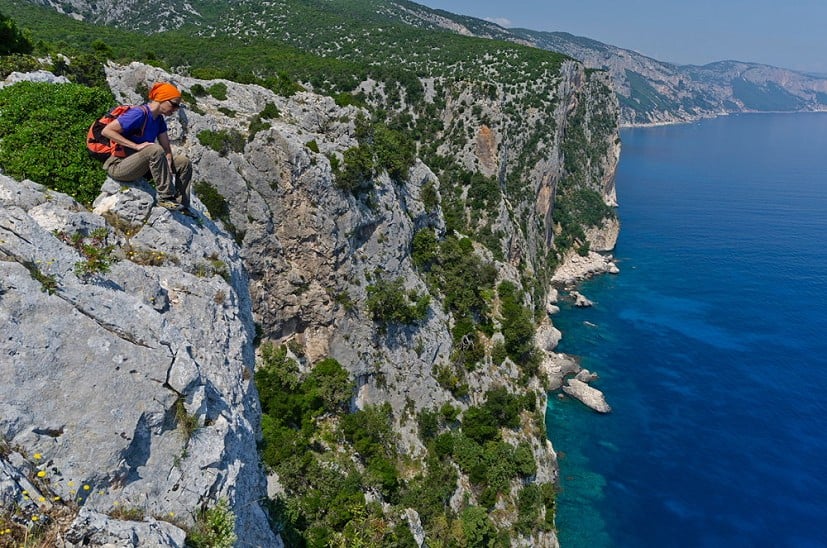
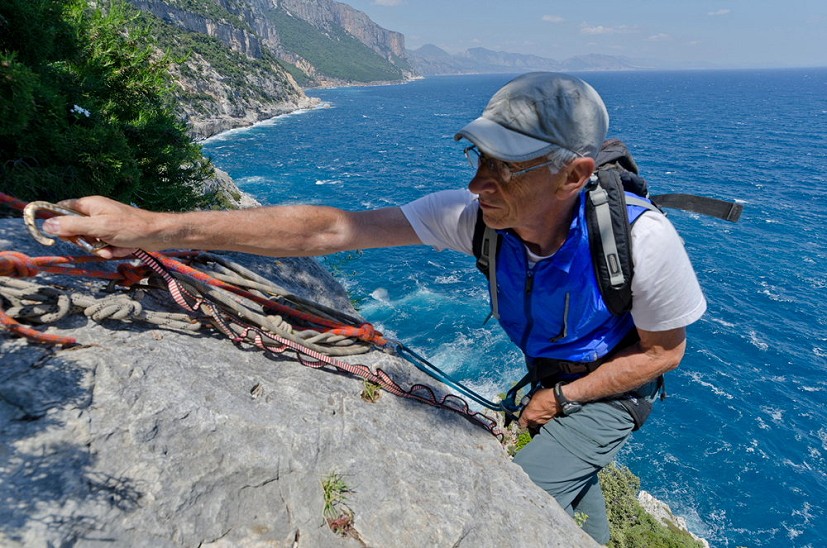
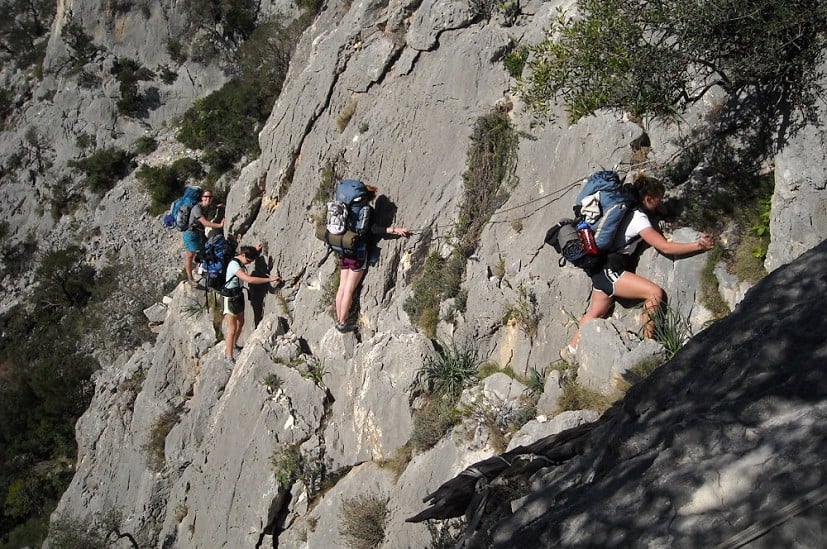

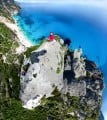
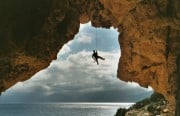

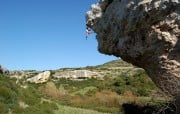

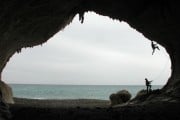
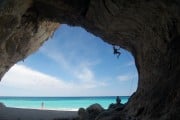

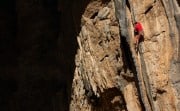
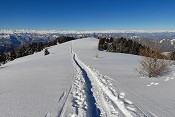

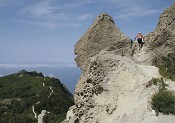




Comments